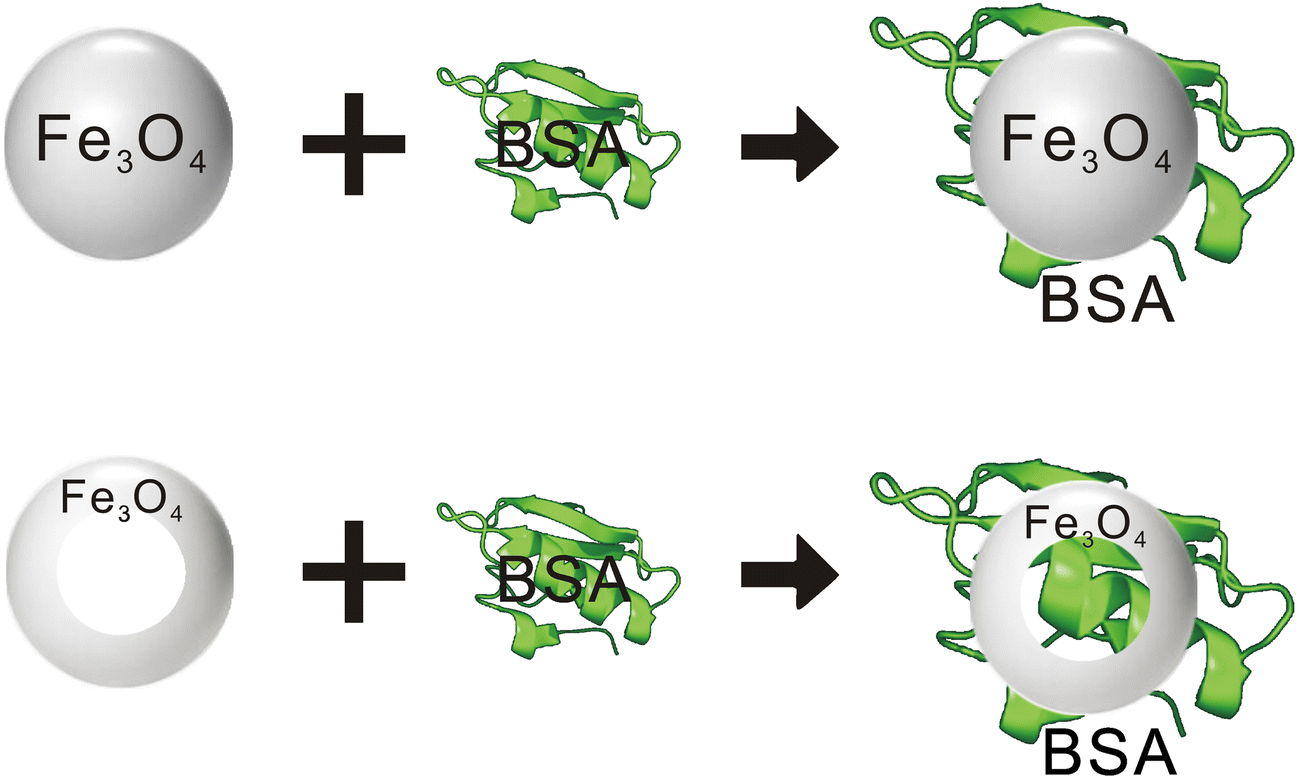313 results
An online method for ship trajectory compression using AIS data
-
- Journal:
- The Journal of Navigation , First View
- Published online by Cambridge University Press:
- 31 May 2024, pp. 1-22
-
- Article
- Export citation
Post-traumatic stress disorder symptom remission and cognition in a large cohort of civilian women – CORRIGENDUM
-
- Journal:
- Psychological Medicine , First View
- Published online by Cambridge University Press:
- 27 May 2024, p. 1
-
- Article
-
- You have access
- HTML
- Export citation
Spanwise unsteadiness in the sidewall-confined shock-wave/boundary-layer interaction
-
- Journal:
- Journal of Fluid Mechanics / Volume 987 / 25 May 2024
- Published online by Cambridge University Press:
- 21 May 2024, R6
-
- Article
- Export citation
Multidimensional Analysis of PANoptosis-Related Molecule CASP8: Prognostic Significance, Immune Microenvironment Effect, and Therapeutic Implications in Hepatocellular Carcinoma
-
- Journal:
- Genetics Research / Volume 2023 / 2023
- Published online by Cambridge University Press:
- 20 May 2024, e38
-
- Article
-
- You have access
- Open access
- HTML
- Export citation
Spatial–temporal distribution characteristics of pulmonary tuberculosis in eastern China from 2011 to 2021
-
- Journal:
- Epidemiology & Infection / Volume 152 / 2024
- Published online by Cambridge University Press:
- 15 May 2024, e84
-
- Article
-
- You have access
- Open access
- HTML
- Export citation
Prevalence of Nontuberculous Mycobacteria and the Emergence of Rare Species in Henan Province, China
-
- Journal:
- Epidemiology & Infection / Accepted manuscript
- Published online by Cambridge University Press:
- 06 May 2024, pp. 1-18
-
- Article
-
- You have access
- Open access
- Export citation
ON GENERALISED LEGENDRE MATRICES INVOLVING ROOTS OF UNITY OVER FINITE FIELDS
- Part of
-
- Journal:
- Bulletin of the Australian Mathematical Society , First View
- Published online by Cambridge University Press:
- 22 April 2024, pp. 1-12
-
- Article
- Export citation
On the effects of the timing of an intense cyclone on summertime sea-ice evolution in the Arctic
-
- Journal:
- Annals of Glaciology , First View
- Published online by Cambridge University Press:
- 15 April 2024, pp. 1-15
-
- Article
-
- You have access
- Open access
- HTML
- Export citation
Super-efficient Reduction of 4-nitrophenol Using Raw Pelagic Clays as Catalysts
-
- Journal:
- Clays and Clay Minerals / Volume 71 / Issue 6 / December 2023
- Published online by Cambridge University Press:
- 02 April 2024, pp. 745-759
-
- Article
- Export citation
A comprehensive diagnostic of liquid sheet targets for laser ion acceleration
-
- Journal:
- High Power Laser Science and Engineering / Accepted manuscript
- Published online by Cambridge University Press:
- 05 March 2024, pp. 1-17
-
- Article
-
- You have access
- Open access
- Export citation
Workshop for the protection of Chinese giant salamanders
-
- Article
-
- You have access
- Open access
- HTML
- Export citation
An asymptotic approach to centrally planned portfolio selection
- Part of
-
- Journal:
- Advances in Applied Probability , First View
- Published online by Cambridge University Press:
- 08 February 2024, pp. 1-28
-
- Article
- Export citation
Inverse association between maternal serum concentrations of trace elements and risk of spontaneous preterm birth: a nested case–control study in China
-
- Journal:
- British Journal of Nutrition / Volume 131 / Issue 8 / 28 April 2024
- Published online by Cambridge University Press:
- 08 January 2024, pp. 1425-1435
- Print publication:
- 28 April 2024
-
- Article
- Export citation
Unraveling the link between childhood maltreatment and depression: Insights from the role of ventral striatum and middle cingulate cortex in hedonic experience and emotion regulation
-
- Journal:
- Development and Psychopathology , First View
- Published online by Cambridge University Press:
- 05 January 2024, pp. 1-11
-
- Article
- Export citation
Alpha-Particle Generation from H-11B Fusion Initiated by Laser-Accelerated Boron Ions
-
- Journal:
- Laser and Particle Beams / Volume 2022 / 2022
- Published online by Cambridge University Press:
- 01 January 2024, e7
-
- Article
-
- You have access
- Open access
- HTML
- Export citation
Laser-Driven Proton-Boron Fusions: Influences of the Boron State
-
- Journal:
- Laser and Particle Beams / Volume 2022 / 2022
- Published online by Cambridge University Press:
- 01 January 2024, e8
-
- Article
-
- You have access
- Open access
- HTML
- Export citation
Distribution and Fractionation of Rare Earth Elements (REE) in the Ion Adsorption-type REE Deposit (IAD) at Maofeng Mountain, Guangzhou, China
-
- Journal:
- Clays and Clay Minerals / Volume 71 / Issue 3 / June 2023
- Published online by Cambridge University Press:
- 01 January 2024, pp. 340-361
-
- Article
- Export citation
Synthesis of Magnetic Fe3O4 Nanorings for BSA Protein Adsorption
-
- Journal:
- Clays and Clay Minerals / Volume 67 / Issue 4 / August 2019
- Published online by Cambridge University Press:
- 01 January 2024, pp. 275-282
-
- Article
- Export citation
Mineralogy and Geochemistry of Limonite as a Weathering Product of Ilvaite in the Yeshan Iron Deposit, Tongling, China
-
- Journal:
- Clays and Clay Minerals / Volume 66 / Issue 2 / April 2018
- Published online by Cambridge University Press:
- 01 January 2024, pp. 190-207
-
- Article
- Export citation
Detecting Chlorite in the Chinese Loess Sequence by Diffuse Reflectance Spectroscopy
-
- Journal:
- Clays and Clay Minerals / Volume 54 / Issue 2 / April 2006
- Published online by Cambridge University Press:
- 01 January 2024, pp. 266-273
-
- Article
- Export citation















